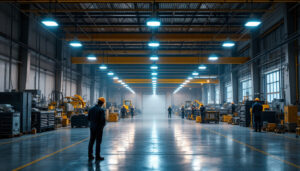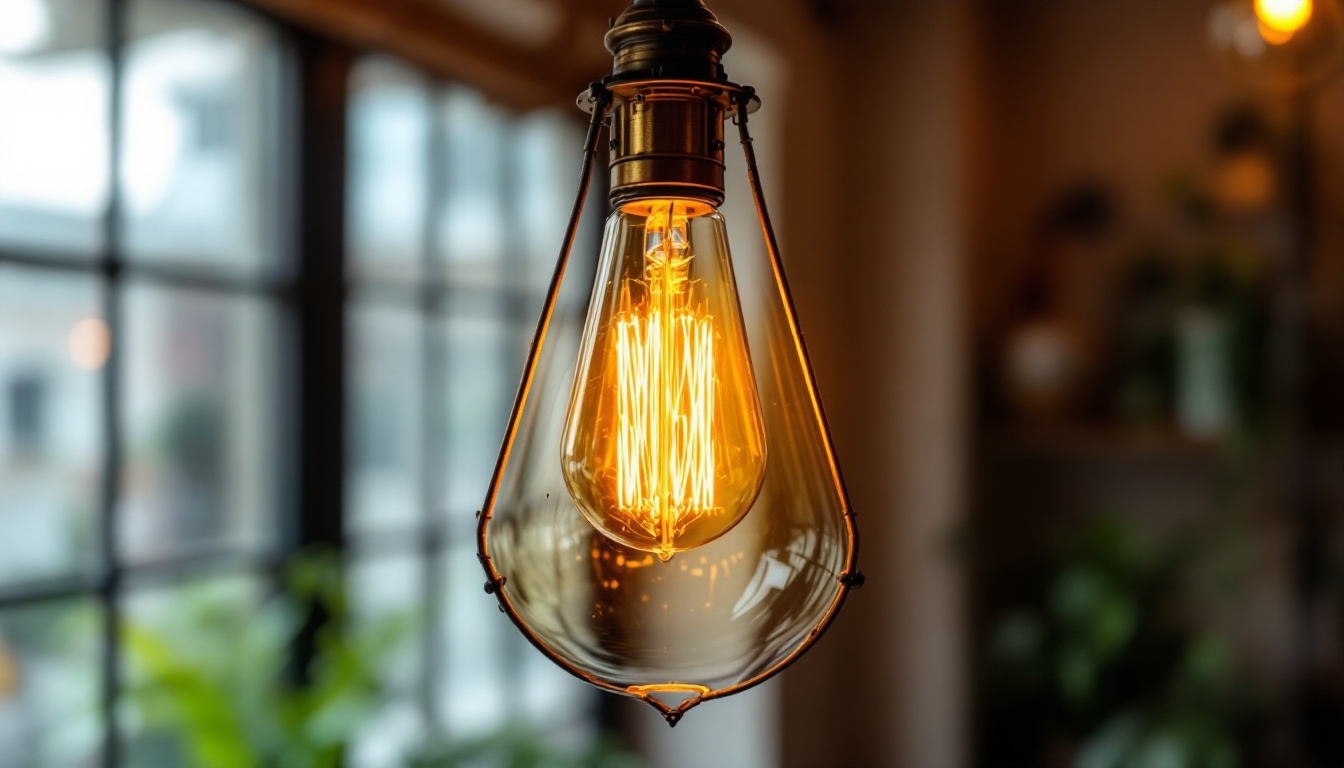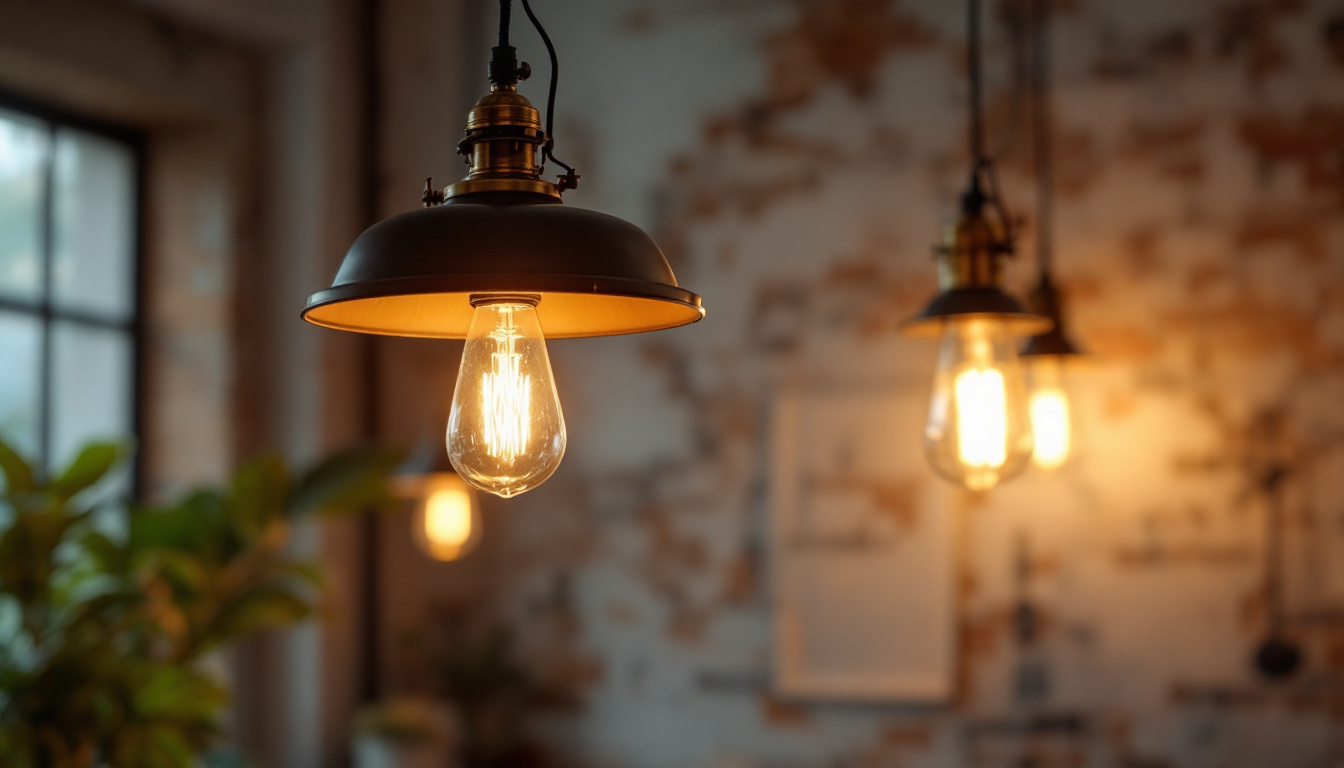

In the ever-evolving world of lighting design, LED strips have emerged as a versatile and efficient solution. For lighting contractors, understanding the nuances of LED strip lighting is essential to meet client expectations and deliver high-quality installations. This article delves into the key aspects of LED strips that every lighting contractor should be familiar with, from their applications to installation tips and troubleshooting techniques.
LED strip lighting, also known as LED tape or ribbon lights, consists of flexible circuit boards populated with light-emitting diodes. These strips are available in various lengths, colors, and brightness levels, making them suitable for a multitude of applications. The flexibility of LED strips allows them to be easily installed in tight spaces and around corners, providing a seamless lighting solution that can adapt to any environment.
There are several types of LED strips available on the market, each designed for specific uses. The most common types include:
LED strips are incredibly versatile and can be used in various settings, including:
In addition to these applications, LED strips are also gaining popularity in the realm of DIY projects. Craft enthusiasts are using them to create custom lighting solutions for everything from model displays to home decor. The ease of installation and low energy consumption make LED strips an attractive option for those looking to add a personal touch to their projects. Furthermore, with advancements in technology, many LED strips now come with smart features, allowing users to integrate them with home automation systems for enhanced control and convenience.
Moreover, the energy efficiency of LED strip lighting cannot be overlooked. Compared to traditional incandescent bulbs, LED strips consume significantly less power while providing a brighter output. This not only helps in reducing electricity bills but also contributes to a more sustainable environment. As more people become aware of their carbon footprint, the demand for energy-efficient lighting solutions like LED strips continues to rise, making them a popular choice for eco-conscious consumers.
Understanding the benefits of LED strips can help contractors advocate for their use to clients. Here are some key advantages:
One of the most significant benefits of LED strips is their energy efficiency. Compared to traditional lighting solutions, LED strips consume significantly less power, leading to reduced energy bills for clients. This efficiency not only benefits the environment but also aligns with the growing demand for sustainable solutions in lighting design. As energy costs continue to rise, the financial savings from using LED technology can be a compelling selling point for contractors, making it easier to justify the initial investment to clients.
LED strips boast an impressive lifespan, often lasting up to 50,000 hours or more. This longevity means fewer replacements and maintenance costs, making them a cost-effective choice for both contractors and clients. Additionally, LED technology is more durable than traditional bulbs, as it is less prone to breakage and damage. Unlike incandescent or fluorescent lights, which can fail suddenly, LED strips maintain consistent performance over time, providing peace of mind for clients who want reliable lighting solutions without the hassle of frequent replacements.
The flexibility of LED strips allows for creative installations that can adapt to various spaces. Contractors can cut and shape these strips to fit unique designs, ensuring a tailored lighting solution. Furthermore, the ability to control brightness and color through dimmers and controllers adds another layer of customization, enabling clients to create the perfect ambiance. This versatility is particularly beneficial in residential settings, where homeowners may wish to change the mood of a room for different occasions, from a cozy dinner to a vibrant party atmosphere. Additionally, LED strips can be integrated with smart home systems, allowing users to control their lighting remotely or program it to adjust automatically based on their preferences.
Moreover, LED strips are available in a wide range of colors and color temperatures, allowing for even more personalization. Whether a client desires a warm white light for a relaxing environment or a cool blue hue for a modern aesthetic, the options are virtually limitless. This adaptability makes LED strips an ideal choice for various applications, from accent lighting in a living room to task lighting in a kitchen. The ease of installation further enhances their appeal, as many LED strips come with adhesive backing, making them simple to apply to surfaces without the need for extensive tools or professional help.
Successful installation of LED strips requires attention to detail and adherence to best practices. Here are some essential tips for lighting contractors:
Selecting the appropriate power supply is crucial for the performance of LED strips. Contractors should ensure that the power supply matches the voltage requirements of the LED strips being used, typically 12V or 24V. Additionally, it’s essential to consider the total wattage of the strips to avoid overloading the power supply.
LED strips often come with an adhesive backing for easy installation. However, for long-term durability, it’s advisable to use additional mounting methods, especially in high-heat areas or where moisture is present. Using mounting clips or channels can help secure the strips and ensure they remain in place.
When wiring LED strips, contractors should be mindful of the total length of the strip. Longer runs may require additional power feeds to prevent voltage drop, which can lead to uneven brightness. It’s also important to use appropriate connectors and soldering techniques to ensure reliable connections.
Even with careful planning, issues can arise during installation or operation of LED strips. Here are some common challenges and how to troubleshoot them:
Flickering can be caused by several factors, including inadequate power supply, poor connections, or incompatible dimmers. Contractors should first check the power supply specifications and ensure it matches the LED strip requirements. If the issue persists, inspecting the connections and considering the use of compatible dimmers can help resolve the problem.
Uneven brightness often results from voltage drop along the length of the strip. To combat this, contractors should limit the length of a single run and use multiple power feeds if necessary. Additionally, ensuring that the strips are of high quality can minimize this issue.
For RGB and RGBW strips, color inconsistency can occur due to variations in the LED chips or differences in power supply. To address this, contractors should source LED strips from reputable manufacturers and ensure that all strips used in a project are from the same batch to maintain color uniformity.
As technology continues to advance, LED strip lighting is expected to evolve further. Here are some trends that lighting contractors should keep an eye on:
With the rise of smart home technology, integrating LED strips with smart systems is becoming increasingly popular. Contractors should familiarize themselves with smart controllers and apps that allow clients to manage their lighting remotely, enhancing convenience and customization.
Human-centric lighting focuses on creating environments that support well-being and productivity. LED strips that can adjust color temperature and intensity throughout the day are gaining traction. Contractors should consider how to incorporate these systems into their designs to meet the growing demand for healthier lighting solutions.
As sustainability becomes a priority, the demand for eco-friendly lighting solutions is on the rise. Contractors should stay informed about advancements in LED technology that promote sustainability, such as recyclable materials and energy-efficient manufacturing processes.
LED strip lighting offers a wealth of opportunities for lighting contractors to enhance their projects and meet the diverse needs of clients. By understanding the types, benefits, installation techniques, and troubleshooting methods associated with LED strips, contractors can position themselves as knowledgeable professionals in the field. As the industry continues to evolve, staying informed about emerging trends will ensure that contractors remain competitive and capable of delivering innovative lighting solutions.
Ready to elevate your lighting projects with the highest quality LED strips? Look no further than LumenWholesale, where we provide contractors with spec-grade lighting products at the best wholesale prices. Say goodbye to local distributor markups and hello to a vast selection of reliable, high-performance lighting that meets the most rigorous industry standards. With LumenWholesale, bulk buying is a breeze, thanks to our free shipping policy, ensuring you get the premium lighting you need at the most competitive price — no hidden fees, no compromises. Don’t miss out on the ideal combination of quality, affordability, and convenience. Wholesale Lighting at the Best Value is just a click away!

Discover how vintage industrial hanging lights can revolutionize your projects by saving lighting contractors both time and money.

Discover the latest advancements in solar outdoor lighting and why they are essential for modern lighting contractors.

Discover essential tips and common pitfalls to avoid when selecting vintage industrial pendant lights for your projects.

Discover the essential insights into Etherium that every lighting contractor should know.
Get notified when NEW deals are released.
Optimize your budget with wholesale discounts.
Only top-quality, specification-grade lighting products.
No additional costs at checkout - what you see is what you pay.
We understand the unique needs of contractors.